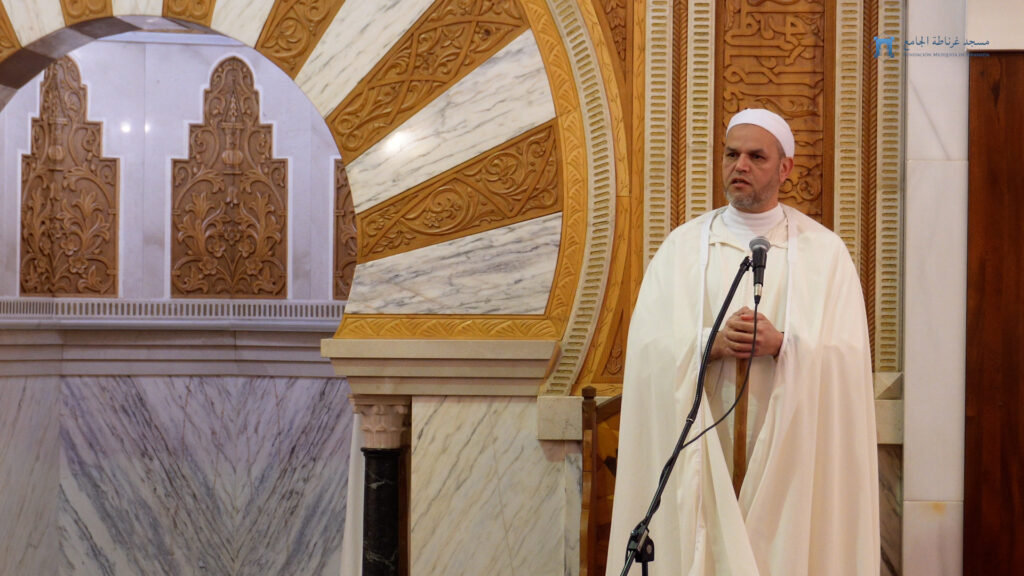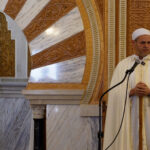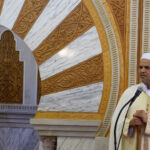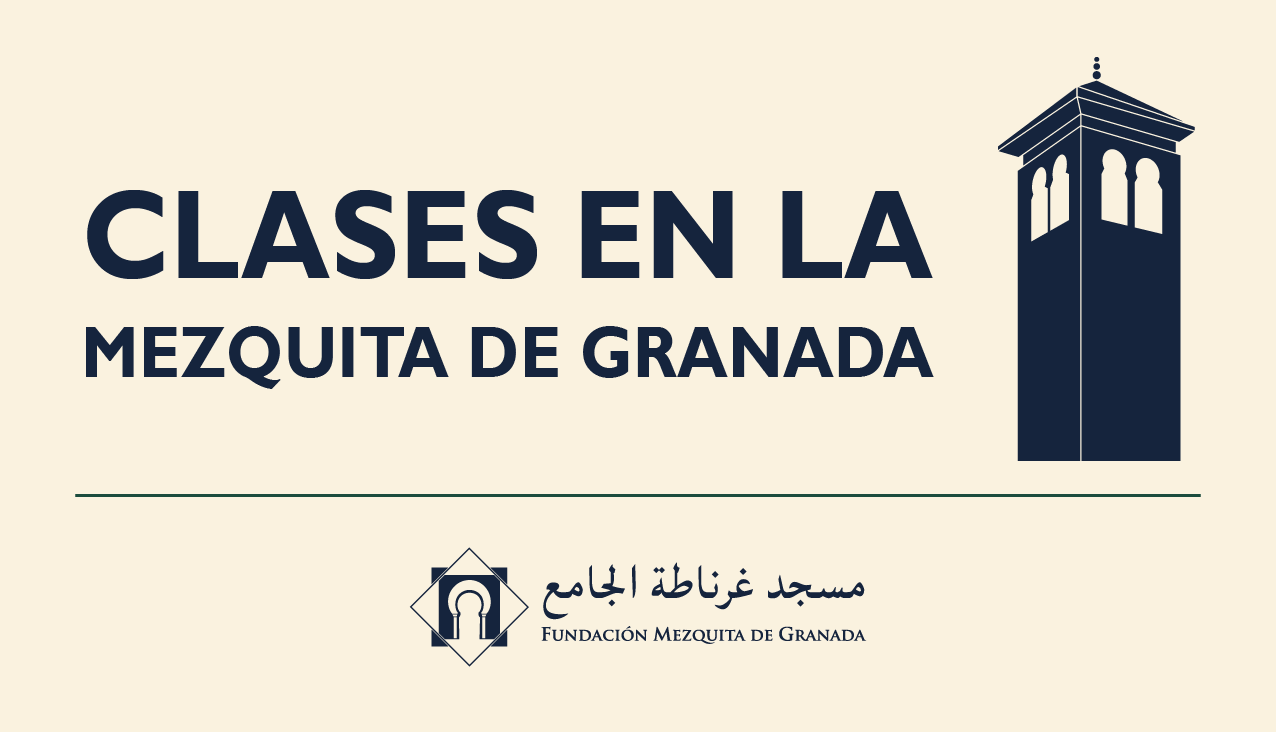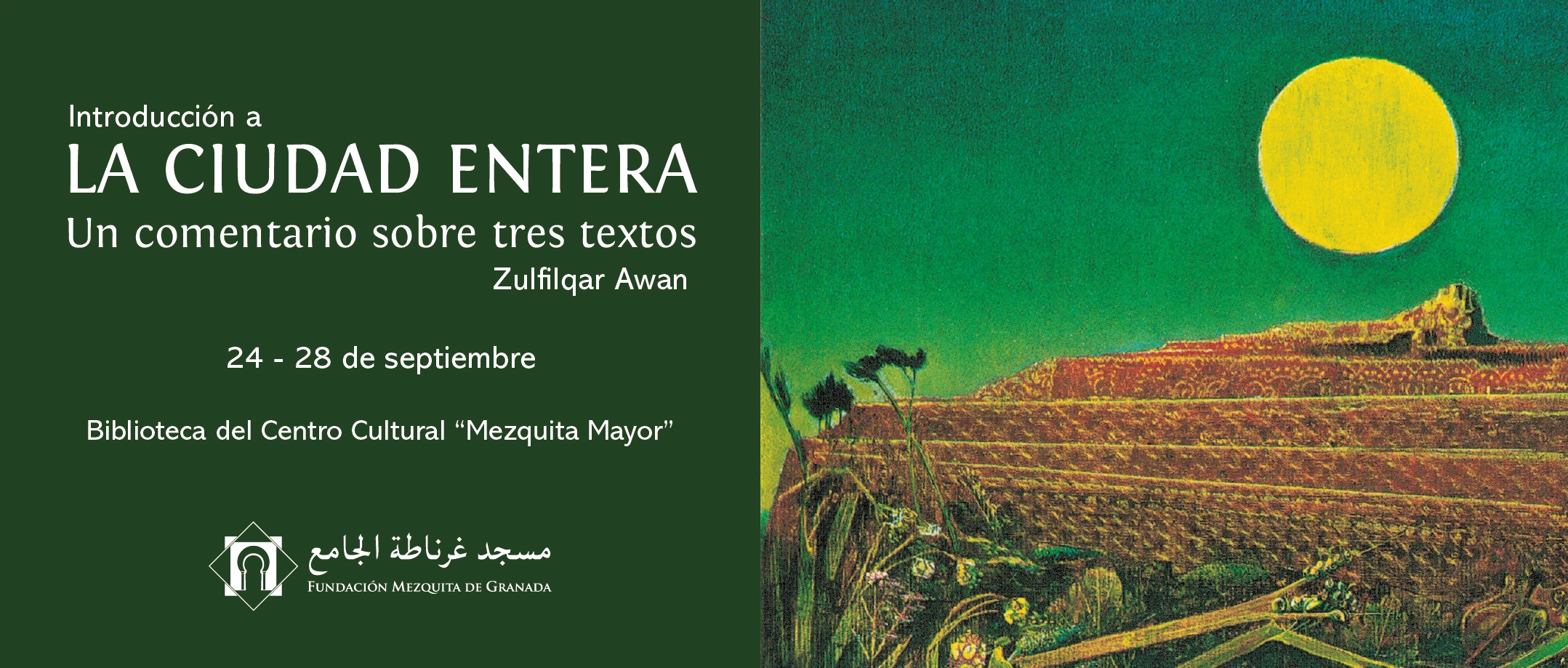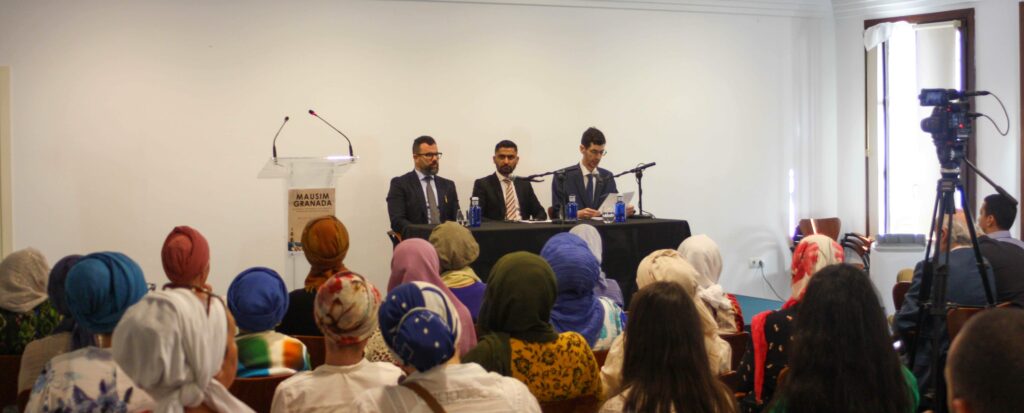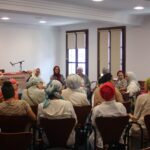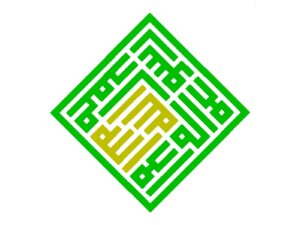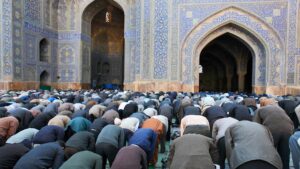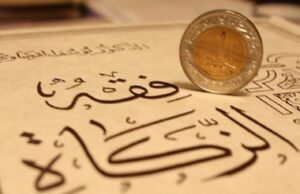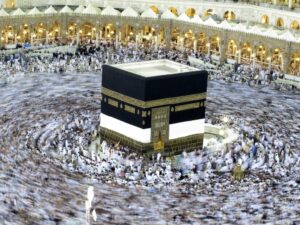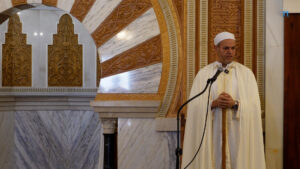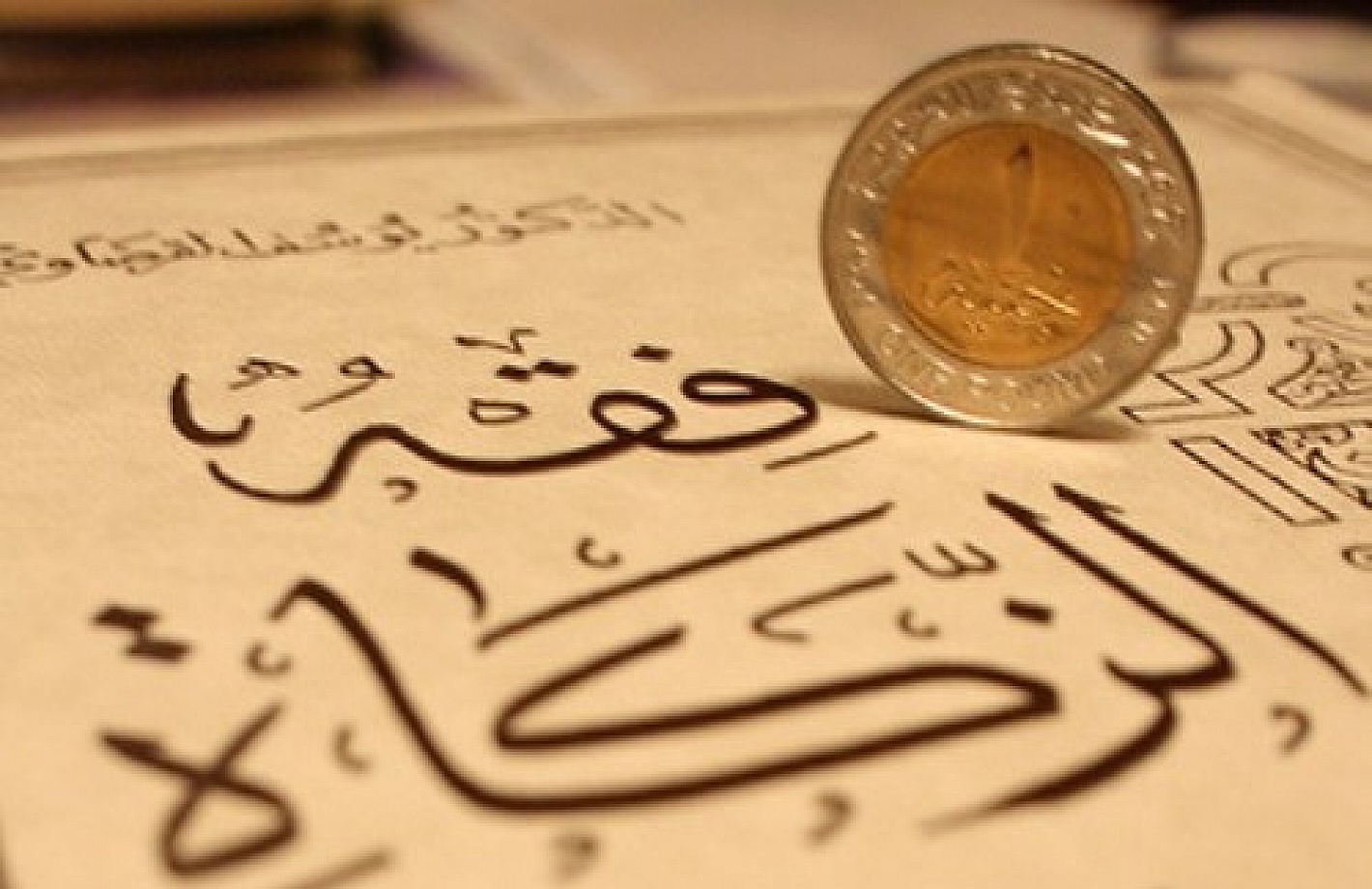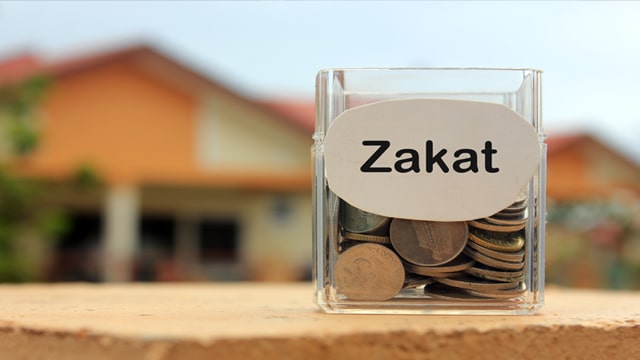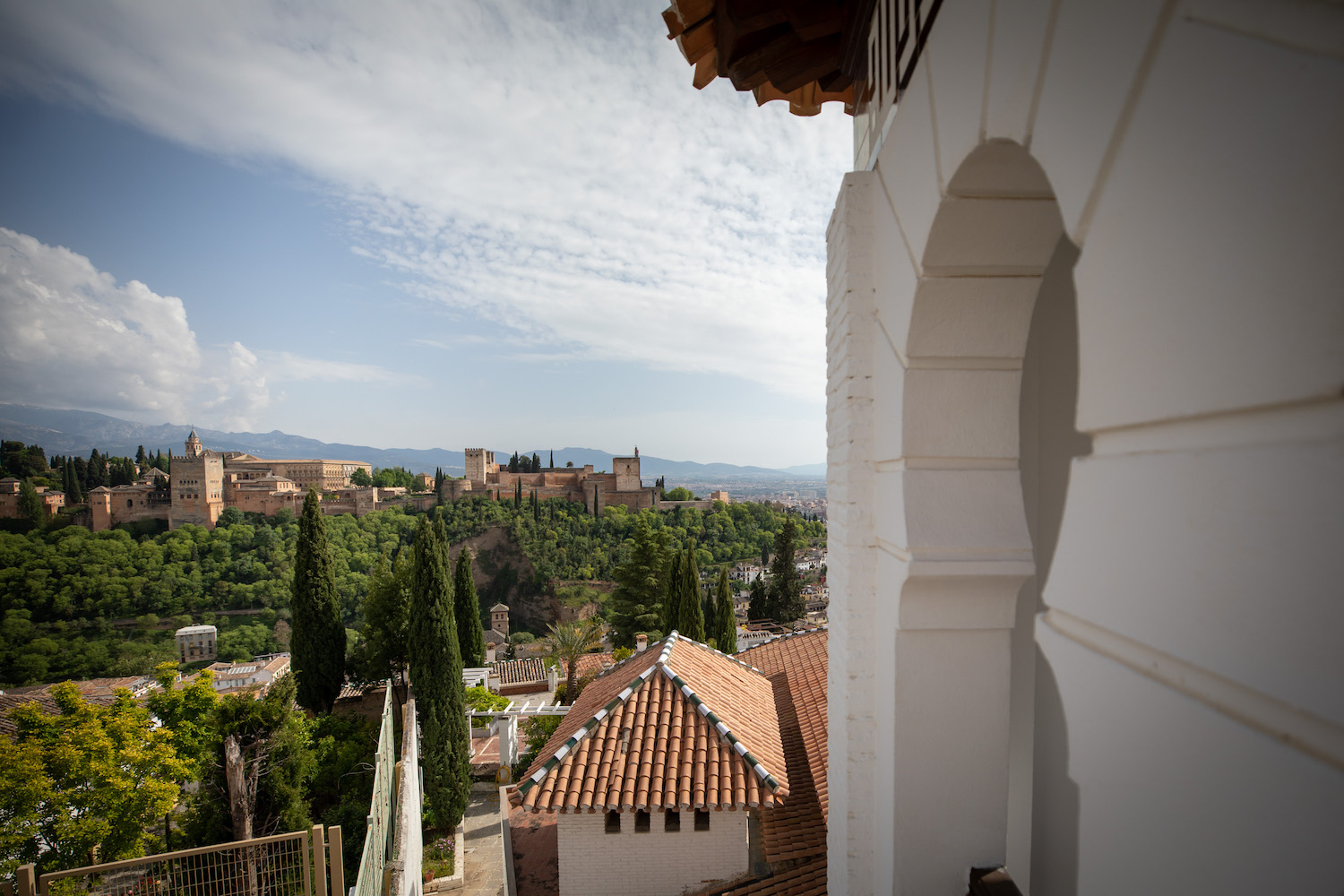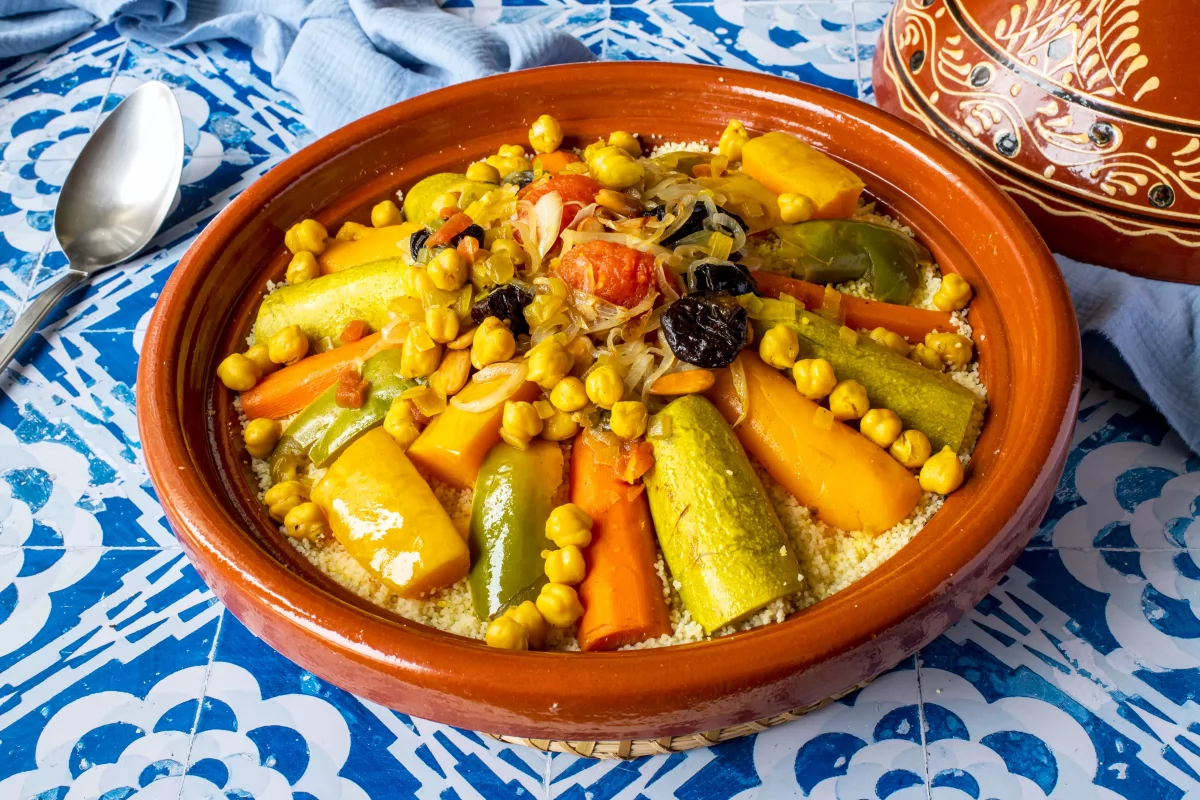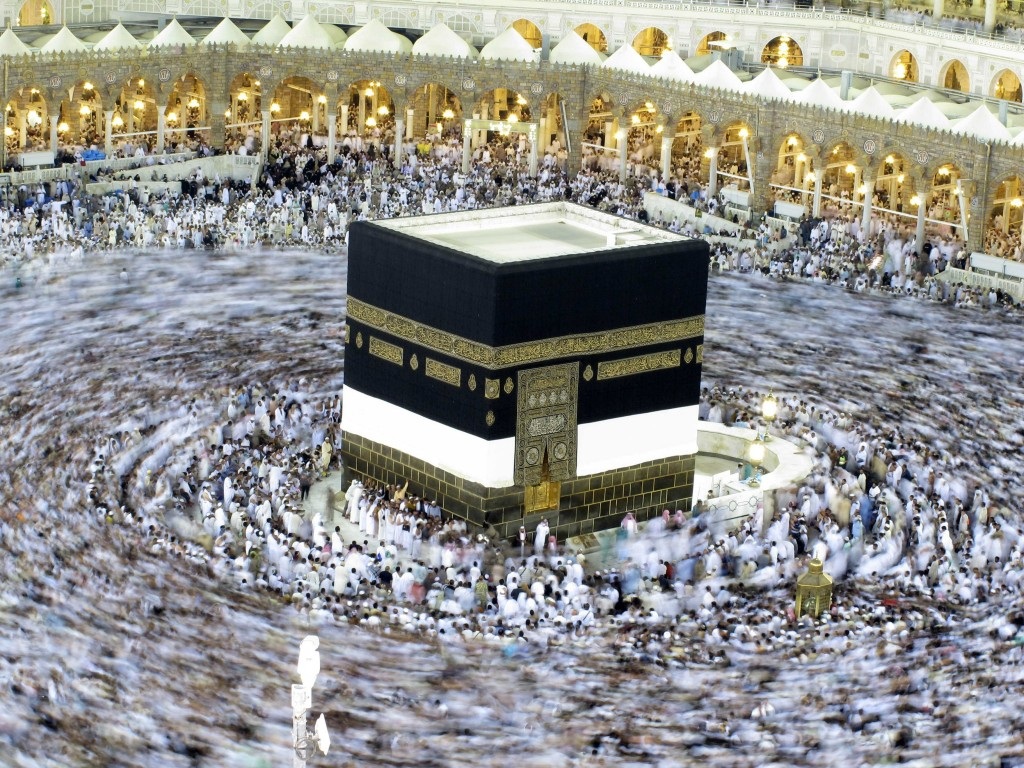The fifth and final pillar of Islam is Hajj. The visit to the holy house of Allah in Mecca at least once in life, only if you have conditions to accomplish it, both physical and economic. This visit takes place in a precise manner and includes very old religious rites, from Ibrahim and Ismail, and were restored and purified by the Messenger of Allah. The pilgrimage is to get away from everyday life, leaving behind the home, home and family, and travel to worship Allah, unique, without partner, visit the land of revelation, where Ibrahim built the first house for God on earth and where the Koran descended on the seal and completion of the messengers, the Prophet Muhammad, peace and blessings be upon him. The hajj is a trek that requires a tremendous effort, and representing an affirmation of total dedication to God with all the powers and resources that one has.
The pilgrimage takes place on a specific date in the year, in the first ten days of the month called Dhul Hijjah. In those days the Muslims from around the world gather together to fulfill the rites of the pilgrimage. The pilgrim must adopt a simple and humble vestment and footwear and remain in an inner state of consecration to his Lord. This state of consecration and vestment is called ihram.
The rites of Hajj are to go round seven times the House of Allah, walking seven times the distance between the hills of Safa and Marwa, a journey that recalls the one made by the mother of Ismail, when she had nothing to eat or drink, and she went desperate from one hill to the other one looking for water, food or help. The seventh time, when she returned with her son, he was hitting the ground with his heel, and from there began to flow water, and never stopped, that is the source of ZamZam and today is still flowing water for the pilgrims.
The next stage of the pilgrimage is to go to the valley of Mina and camp there. Then ascend the ninth day of the month, to the plain of Arafat, where you pray Duhur prayers and Asr, and where everyone remains the whole day in prayer and invocation of Allah until the sun has set. Remaining in the plain of Arafat is the central and main rite of the pilgrimage.
At sunset, the pilgrims start to take the road again to go to the valley of Muzdalifah and spend the night there. The next morning, the tenth day of the month, the pilgrims return to Mina to stone with seven pebbles at the post called the Jamarat-ul Aqaba. In that same morning in the valley of Mina the other rites take place: the sacrifice, shaving the head (or haircut). The woman does not shave, only cuts a small lock from her hair. And finally to complete the hajj the pilgrims return to Mekka to go round seven times the House of Allah, the Ka’ba. This last circuit is called Tawaf Al- Wada and with this, the pilgrim is released from the clothes and the Ihram restrictions. They return to Mina camp, and stay there for two or three nights together with all the pilgrims of the most diverse origins and backgrounds.



